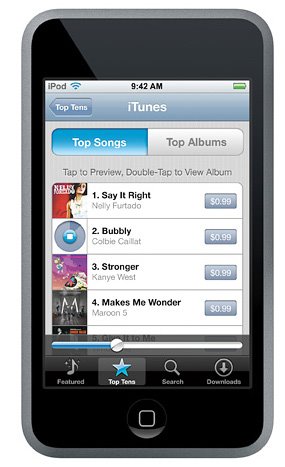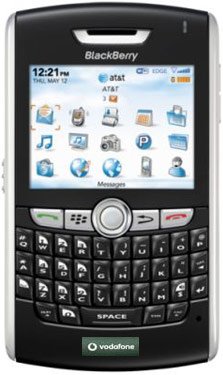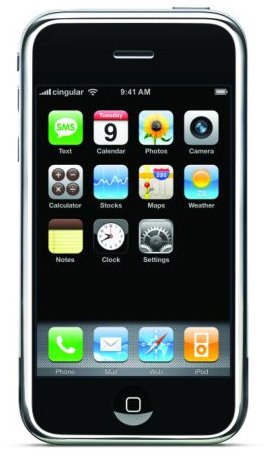When providing care to a household member who is sick with influenza, the most important ways to protect yourself and others who are not sick are to:
· keep the sick person away from other people as much as possible (see “placement of the sick person”)
· remind the sick person to cover their coughs, and clean their hands with soap and water or an alcohol-based hand rub often, especially after coughing and/or sneezing.
· have everyone in the household clean their hands often, using soap and water or an alcohol-based hand rub
Placement of the sick person:
· Keep the sick person in a room separate from the common areas of the house. (For example, a spare bedroom with its own bathroom, if that’s possible.) Keep the sickroom door closed.
· Unless necessary for medical care, persons with the flu should not leave the home when they have a fever or during the time that they are most likely to spread their infection to others
· If persons with the flu need to leave the home (for example, for medical care), they should cover their nose and mouth when coughing or sneezing and wear a loose-fitting (surgical) mask if available.
· Have the sick person wear a surgical mask if they need to be in a common area of the house near other persons.
· If possible, sick persons should use a separate bathroom. This bathroom should be cleaned daily with household disinfectant
Protect other persons in the home:
· The sick person should not have visitors other than caregivers. A phone call is safer than a visit.
· If possible, have only one adult in the home take care of the sick person.
· Avoid having pregnant women care for the sick person. (Pregnant women are at increased risk of influenza-related complications and immunity can be suppressed during pregnancy).
· All persons in the household should clean their hands with soap and water or an alcohol-based hand rub frequently, including after every contact with the sick person or the person’s room or bathroom.
· Use paper towels for drying hands after hand washing or dedicate cloth towels to each person in the household. For example, have different colored towels for each person.
· If possible, consideration should be given to maintaining good ventilation in shared household areas (e.g., keeping windows open in restrooms, kitchen, bathroom, etc.).
If you are the caregiver:
· Avoid being face-to-face with the sick person. · When holding small children who are sick, place their chin on your shoulder so that they will not cough in your face. · Clean your hands with soap and water or use an alcohol-based hand rub after you touch the sick person or handle used tissues, or laundry. · Talk to your Doctor about taking antiviral medication to prevent the caregiver from getting the flu. · Monitor yourself and household members for flu symptoms and the local H1N1 Command Center if the symptoms occur.
Household Cleaning, Laundry, and Waste Disposal:
· Throw away tissues and other disposable items used by the sick person in the trash. Wash your hands after touching used tissues and similar waste. · Keep surfaces (especially bedside tables, surfaces in the bathroom, and toys for children) clean by wiping them down with a household disinfectant according to directions on the product label. · Linens, eating utensils, and dishes belonging to those who are sick do not need to be cleaned separately, but importantly these items should not be shared without washing thoroughly first. · Wash linens (such as bed sheets and towels) by using household laundry soap and tumble dry on a hot setting. Avoid “hugging” laundry prior to washing it to prevent contaminating yourself. Clean your hands with soap and water or alcohol-based hand rub right after handling dirty laundry. · Eating utensils should be washed either in a dishwasher or by hand with water and soap.








0 comments:
Post a Comment